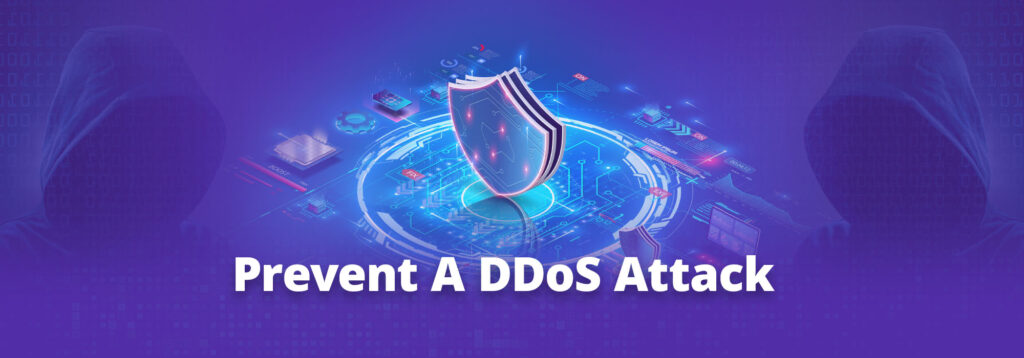
DDOS Attack
A DDoS (Distributed Denial of Service) attack is a cyberattack where multiple compromised computers flood a target (e.g., a website, server, or network) with excessive traffic, overwhelming its resources and making it unavailable to users.
A DDoS (Distributed Denial-of-Service) attack can severely disrupt an office environment by overwhelming its network, servers, or online services with excessive traffic, causing slow or blocked internet access, server crashes, and unresponsive business applications. Employees may struggle to access cloud-based tools, emails, and VoIP systems, leading to productivity loss and workflow interruptions. IT teams may be forced to focus on mitigation instead of routine tasks, while attackers could use the chaos as a distraction for data breaches or malware infiltration. The financial impact includes lost revenue, additional IT recovery costs, and potential reputational damage if customers experience service disruptions.
Types of DDOS Attack
Volume-based Attacks – Floods the target with traffic (e.g., UDP Flood, ICMP Flood).
Protocol Attacks – Exploits network vulnerabilities (e.g., SYN Flood, Ping of Death).
Application Layer Attacks – Targets specific applications (e.g., HTTP Flood).
How DDOS Attacks works
Botnet Creation – Attackers infect multiple devices (e.g., computers, IoT devices) with malware to form a botnet.
Traffic Overload – The botnet sends massive amounts of data or requests to the target.
Service Disruption – The target becomes slow or completely inaccessible due to the excessive load.
Prevention and Mitigation
Use firewalls and intrusion detection systems (IDS).
Employ rate limiting to control incoming requests.
Use content delivery networks (CDNs) for traffic distribution.
Implement DDoS protection services (e.g., Cloudflare, AWS Shield).
Essential Cybersecurity Tips for Preventing DDoS Attacks

DDoS attacks can disrupt your website, network, or services, but you can reduce the risk with these key security measures:
1. Strengthen Network Security
Firewalls & Intrusion Detection Systems (IDS) – Detect and block suspicious traffic.
Rate Limiting – Restrict excessive requests from a single IP.
Traffic Filtering – Block traffic from known malicious sources.
2. Use DDoS Protection Services
Implement Cloud-based DDoS protection (e.g., Cloudflare, AWS Shield, Akamai).
Use CDNs (Content Delivery Networks) to distribute traffic and reduce server load.
3. Monitor Network Traffic
Set up real-time traffic monitoring to detect unusual spikes.
Use automated alerts for suspicious activity.
4. Implement Redundancy and Load Balancing
Distribute traffic across multiple servers, data centers, or cloud providers.
Use load balancers to prevent single points of failure.
5. Secure Your Servers & Applications
Keep software, firewalls, and operating systems updated.
Use strong authentication methods to prevent unauthorized access.
6. Develop a Response Plan
Prepare an incident response plan with clear actions. Have emergency contacts for your hosting provider and cybersecurity team.
Conclusion
Preventing DDoS attacks requires a proactive approach to cybersecurity. By strengthening network security, using DDoS protection services, monitoring traffic, implementing redundancy, and securing your servers, you can significantly reduce the risk of an attack. Additionally, having a well-prepared incident response plan ensures quick mitigation if an attack occurs. Staying vigilant and continuously updating your security measures will help keep your systems resilient against evolving threats.
IT AMC services in Dubai play a vital role in preventing, detecting, and mitigating DDoS attacks by providing continuous network security, monitoring, and incident response. Partnering with a reliable IT AMC provider in Dubai ensures that your business remains secure and operational even in the face of cyber threats.hese services provide regular network assessments to identify vulnerabilities, implement firewalls, intrusion detection systems (IDS), and DDoS protection solutions to block malicious traffic. IT AMC providers also conduct real-time monitoring and threat analysis, enabling early detection of unusual traffic patterns that may indicate an attack. Additionally, they help businesses deploy load balancing, rate limiting, and cloud-based security solutions to absorb and mitigate attack traffic.
